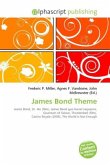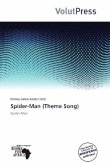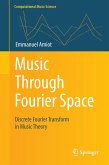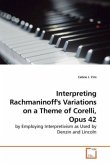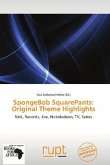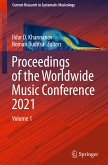With flashing lights, bright colors, and big money, game shows have been an integral part of American culture since the days of radio. While the music that accompanies game shows is charming and catchy, it presents two unique, opposing challenges: first, it must exhibit unity in its construction so that, at any point and for any length of time, it is a tuneful, recognizable signifier of the show to which it belongs; at the same time, it must also possess the ability to be started and stopped according to the needs of gameplay without seeming truncated. This book argues that game show music, in particular from 1960 to 1990, deploys a variety of shared techniques in order to manage these two goals, including theme-derived vamps; saturation of motivic material; and harmonic, rhythmic, and formal ambiguity. Together, these techniques make game show themes exciting, memorable, and perfectly suited to their role.
Bitte wählen Sie Ihr Anliegen aus.
Rechnungen
Retourenschein anfordern
Bestellstatus
Storno




